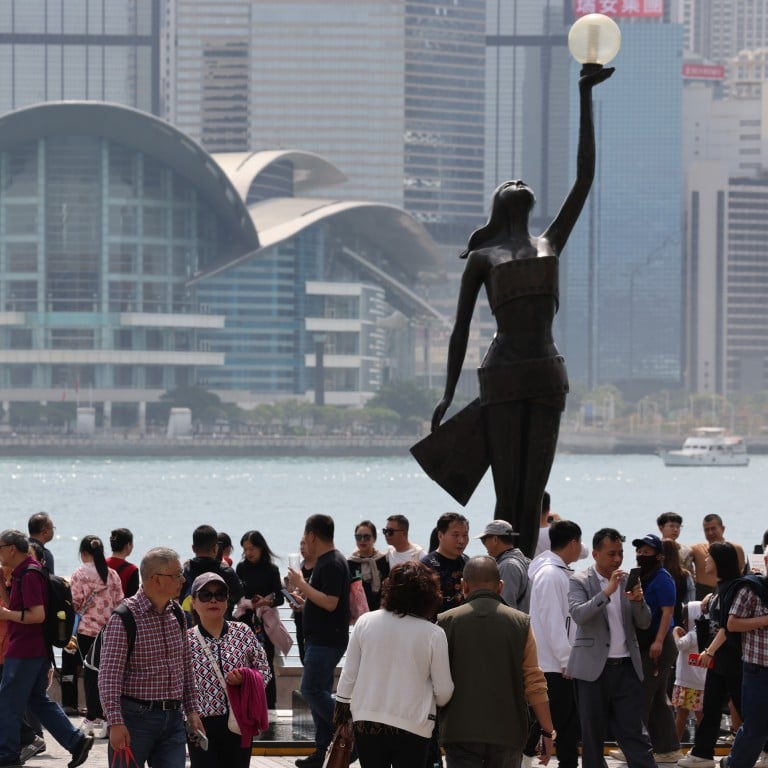
Invest in film and culture in Hong Kong to spur creativity
- While Hong Kong’s creative industries are not quite the ‘Oriental Hollywood’ they once were, it is important to invest in this key economic pillar and foster cultural identity
Few things touch and unite the hearts and souls of people like good films and music. Hong Kong knows this perfectly well, being one of the leaders in the field of film, television and pop music. Even though the creative industries may not be the “Oriental Hollywood” they used to be, they remain an important economic pillar and continue to foster the city’s distinct cultural identity and soft power in the Chinese-speaking world and beyond.
The government is well aware of the creative industries’ potential as a new growth engine for the economy. In 2020, the city had about 29,420 creative-related establishments, with about 136,470 practitioners engaged. The value added of creative industries stood at about $59.4 billion, representing some 2.3 per cent of gross domestic product, according to government figures.
The latest support involves injections of HK$1.4 billion and HK$2.9 billion into the Film Development Fund and the CreateSmart initiative, respectively. The former is a scheme launched in 1999 to support projects conducive to the long-term development of the industry, while the latter finances a wide range of creative projects. Separately, Alibaba Digital Media and Entertainment Group, whose parent company owns the South China Morning Post, also pledged a HK$5 billion investment in Hong Kong’s culture and film industries over the next five years.
10 iconic looks in Asian cinema, including that Bruce Lee jumpsuit
These industries are struggling to adapt to growing competition and changing viewing habits. This is reflected in declining box office and advertising revenues in recent years. However, individual productions have still defied market trends and earned profits and praise, a testimony to the strong fundamentals of the sector. Under the nation’s latest five-year development plan, Hong Kong is to develop as an East-meets-West centre for international cultural exchanges. This requires clear government policy and support, and concerted efforts from the sector to leverage the city’s strengths.
Ultimately, what matters is creativity. The sector is arguably not short of talent. But it needs to know what the market wants and produce something entertaining and inspiring. Hopefully, the creative industries can continue to thrive and shine.

